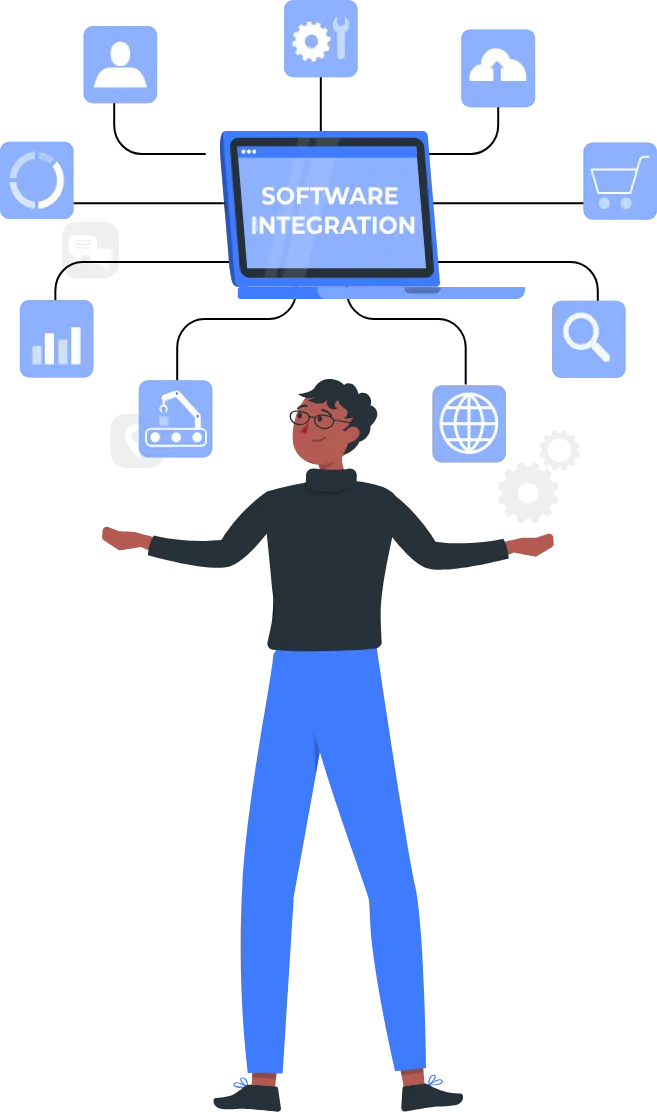Suma Soft has over 20 years of experience in modernizing legacy systems, software, and applications pertaining to various business domains. We also provide maintenance & support services to legacy I.T. systems & applications. At Suma Soft, we deploy methodologies and strategies that ensure seamless upgradation of legacy systems to a modern I.T. environment that incorporates Data-warehousing, IoT, and Cloud. Our legacy modernization services make your application scalable, secure, robust and future-ready.
The digital landscape is ever-evolving, and businesses must adapt to sustain and grow continuously. As your I.T. solution partner Suma Soft makes sure that the transition of Legacy to Cloud is implemented seamlessly without disrupting your business processes.
What Is Legacy System Modernization?
Legacy System modernization is a part of digital transformation where a stand-alone system or application is either upgraded [modernized] to, or completely replaced by a more advanced system that is “intelligent”, secure, data-driven, modular, interoperable, device-independent, and scalable.
Why Consider Modernizing A Legacy System
At a point in time, your Legacy System has helped your business grow and expand. But the same system could hinder the growth of your organization/business, given the challenges presented by the ever-evolving nature of business dynamics. Legacy Systems [software, applications, and business processes] being outdated are challenging to operate. The I.T. resources required to maintain legacy systems are also dwindling. Maintaining a legacy system can strain your organization’s IT budget. Given these reasons, a Legacy System could become a liability to an organization.
Modernizing A Legacy IT System Can Result In:
- Improve ROI
- Improved Productivity
- Future-Ready IT Solution
- Scalable & Adaptable New I.T. Environment
- Improved Security
- Risk Mitigation
- Increased Data Consistency
- Improved Efficiency
- Streamlined Business Processes
- Elevated Customer Satisfaction
- Remote Workforce Compatibility
- Facilitates Integration with other App Ecosystems
Some Stats That Throw Light On How Legacy Systems Are Eating Up I.T. Budget
- As of July 2019 UK Govt. has spent nearly half [50%] of its I.T. budget [£2.3 BN of the allocated £4.7BN ] on maintaining and running legacy systems – Source – Gov.uk.
- In the U.S., Legacy systems cost approximately $337 million annually to keep them running. – Source – Nextgov.com.
- Banks & Insurance companies spend 75% of their budget on keeping the legacy systems running. Source – FT.com.
- Legacy Systems can affect an increase of about 15% per year in their annual I.T. budget. Source – Modlogix.com
- 62% of the I.T. Leaders interviewed by MIT Technology Review opine that Legacy Systems are the main obstructions in moving towards a multi-cloud environment. Source MIT Technology Review.
How Does Legacy System Modernization Work?
We have a very methodical & standardized approach to legacy system modernization, focusing on designing the right solution for your business. Our team will evaluate the Legacy System your organization uses and thoroughly understand your pain points concerning the existing system. Once your problem areas with the legacy system are ascertained, our team will chalk out a detailed modernization plan. Based on your budget & requirements, there are several ways of going through the upgradation process.
Here to Help with Your Every Business Need
The Following Are The Standard Approaches Pursued While Updating A Legacy System
Encapsulation Method Of Legacy Modernization
In this gradual approach to upgrading the legacy system, the monolithic application is converted into modular microservices applications that are easy to maintain and upgrade. With the “Encapsulate” approach, there is no need to rebuild the application from the start. Encapsulation makes the legacy application accessible to other software components.

Re-Architecting Method of Legacy Modernization
Re-Building Method of Legacy Modernization
Re-Hosting Method of Legacy Modernization
Re-Platforming Method of Legacy Modernization
Re-Factoring Method of Legacy Modernization
Replace Method of Legacy Modernization
Desktop App to Web App
Digital Transformation through APIs
Legacy to Cloud Migration
Data Modernization
Re-Architecting Method of Legacy Modernization
In this approach to legacy modernization, the architecture of the legacy application is re-designed to make the legacy application compliant with the modern I.T. environment. Re-architecting aims to enhance the app’s usability, reliability, and other non-functional elements.
Re-Building Method of Legacy Modernization
Also called “Re-designing the legacy system”, this method of upgrading the legacy system calls for creating an entirely NEW application based on modern architecture [re-architecting]. This methodology is considered when the cost of operating the legacy system is higher than building a new system. An excellent example of rebuilding is transforming a legacy application into a cloud-native microservice that runs in the cloud-native environment.
Re-Hosting Method of Legacy Modernization
In this “lift-and-shift” method, the legacy application is redeployed on a modern I.T. platform [like Cloud]. The code, features, and function of the legacy system remain intact. Re-hosting the legacy system comes in handy to organizations that want to retain the application but want to get rid of the hard-to-maintain in-premise hardware and other systems. Re-hosting a legacy application is an affordable solution when you need to reduce on-premise infra costs. Most organizations will need only re-hosting the legacy system if the existing legacy application serves the purpose.
Re-Platforming Method of Legacy Modernization
Re-platforming a legacy system is different from re-hosting because some parts of the legacy system are tweaked to take advantage of the cloud platform features in which the system resides. A re-platformed application becomes more scalable than an on-premise platform. Re-platforming is considered when a security breach threat looms large or there is a need to elevate user experience (UX).
Re-Factoring Method of Legacy Modernization
It is a procedure in which the structure of the existing code of the legacy system undergoes a transition without changing the code’s functionality. During refactoring the code is simplified, made readable, and more manageable. In essence refactoring is improving the code of the legacy application/system for better performance than before. Software developers can better understand the re-factored code, which makes their life easier when fixing bugs and errors. Re-factoring requires minimal end-user training.
Replace Method of Legacy Modernization
Also known as “Rip and Replace” in this methodology of legacy modernization, the outdated application is decommissioned and replaced by a new modern system or application. The modernization method includes moving to an entirely new physical and Cloud infrastructure. The new requirements and business processes are incorporated into the development of the latest application/product. Organizations undertake the legacy replacement approach when they have to meet compliance requirements, address security issues or make their application future-proof.
Desktop App to Web App
Cloud-based web-apps are more advantageous than desktop apps. Are you considering switching to web-based software? We are prepared to assist you. Contact us, and our specialists will advise you on how to migrate effectively.
Digital Transformation through APIs
APIs make different software components communicate with each other. From the modernization point-of-view, APIs help in business process automation. APIs are crucial in integrating all the services, including on Cloud and on premises. APIs facilitate smooth data exchange between various components of the application
Legacy to Cloud Migration
Your partner in Digital Transformation. We help you migrate your on-premises legacy applications, infrastructure, and business process to secure cloud environments. Given our experience and expertise with legacy to cloud migration, you are assured of the best services & results
Data Modernization
As a leading cloud-managed service provider, Suma Soft assures fail-proof data migration, management & database modernization services across multiple ecosystems & legacy systems. We provide state-of-the-art data modernization services that seamlessly move your data from siloed legacy databases to modern cloud-based databases. Our Data modernization services establish rigorous data management and data governance practices that improve data privacy and security.
Why Suma Soft
Our services encompass the entire spectrum of the legacy modernization cycle, from assessment to post-migration support. Modernizing your legacy systems can improve your ROI, improve data security, elevate the business experience, and make your organization more agile & future-ready. We leverage our domain expertise and the latest technology stack, such as Artificial Intelligence, Machine Learning & Cloud Technologies, to deliver the most optimal legacy modernization solution. Partner with a certified IT solution provider for a low-risk legacy-to-cloud transition.
Here to Help with Your Every Business Need
Navigate the Future with Confidence. Suma Soft's Legacy Modernization Services Ensure Agility and Sustained Competitiveness.

